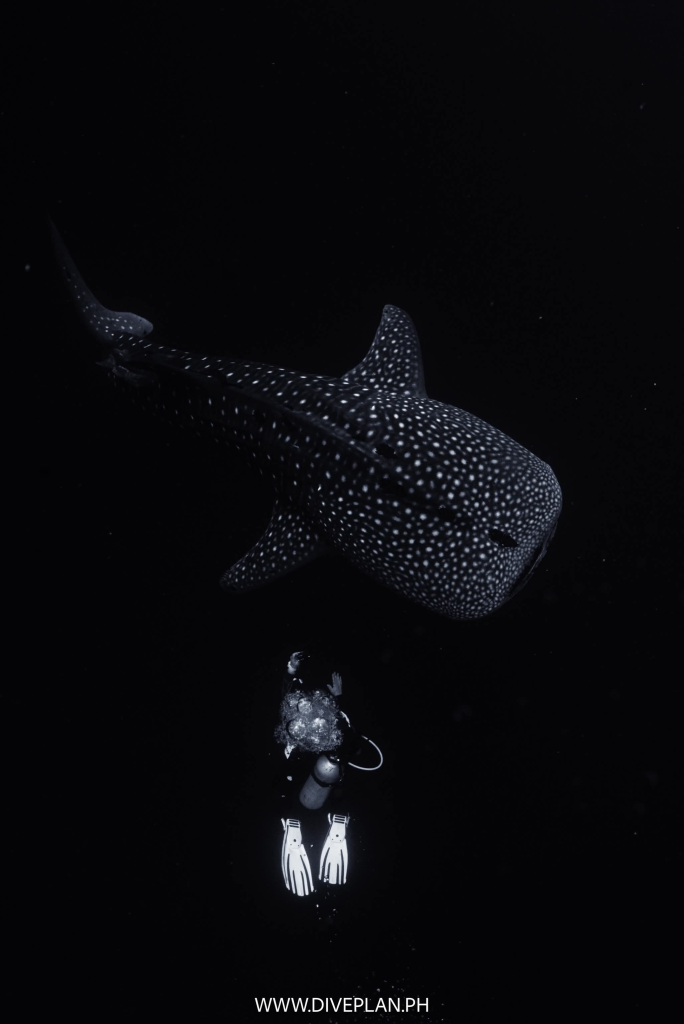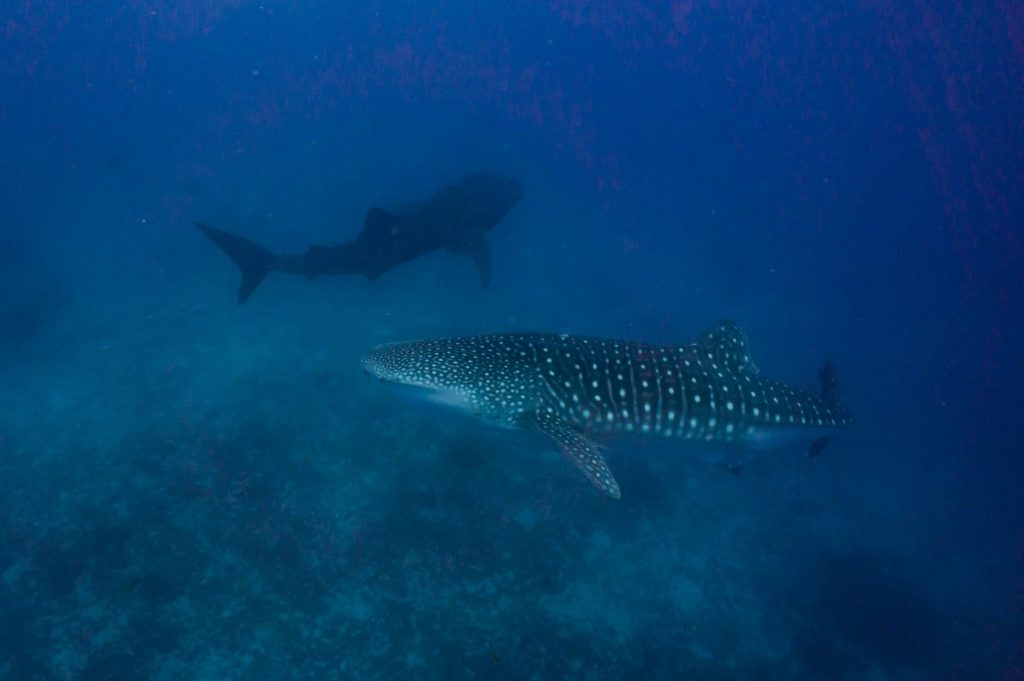
I can still feel the flutter in my chest the first time I dropped beneath Tubbataha’s waves and came face-to-face with a whale shark. After that initial thrill—following gentle ripples of that spotted belly—I knew these ocean leviathans deserved their own spotlight. Snorkeling in Donsol taught me to admire them from above, but it was scuba at Tubbataha where I truly tasted the magic of swimming alongside the planet’s largest fish.
Biology & Behavior
- Filter-feeding giants: Whale sharks (Rhincodon typus) sieve plankton through their gill rakers, consuming up to 6,000 liters of water per hour.
- Epic migrations: Some individuals travel thousands of kilometers each year, following oceanic plankton blooms.
- Longevity & size: They can live 70–100 years and reach lengths of 12 m (40 ft) or more—true sea skyscrapers.
Where to See Them (Philippines Edition)
- Donsol, Sorsogon
– Experience: Gentle daytime snorkeling encounters in a protected bay.
– Why go: A low-key introduction without dive gear—perfect for families and first-timers. - Tubbataha Reefs Natural Park
– Experience: Scuba dives on pristine walls where whale sharks drift by in the deep blue.
– Why go: My first underwater encounter here—crystal visibility and ocean-wide freedom. - Sogod Bay, Southern Leyte
– Experience: Seasonal snorkeling only (November–May) with strict eco-tourism guidelines.
– Why go: Community-led efforts ensure minimal disturbance—each swim supports local conservation.
Note on Oslob: While encounters there are guaranteed, the feeding practices have sparked ethical concerns. For a truly wild experience, I recommend the sites above.
The Global Value of Living Sharks
- Over 590,000 shark watchers now generate > USD 314 million per year, supporting more than 10,000 jobs worldwide .
- More than 1 million people join shark-and-ray tours each year, fueling a booming eco-tourism sector .
- In The Bahamas alone, shark tourism injects USD 113.8 million annually into local economies—far surpassing any fin-trade revenue .
Conservation Spotlight
- IUCN status: Whale sharks are listed as Endangered—threatened by bycatch, vessel strikes, and habitat loss.
- Responsible tourism: Choosing operators who enforce no-touch, no-feed policies helps protect both sharks and local livelihoods.
- Citizen science: Photo-ID programs (like Wildbook for Whale Sharks) rely on diver photos to track migrations and growth—your shots can make a difference.
Adopt a Whale Shark
Give more than a dive—give hope. Here are top programs where your symbolic adoption funds real research and protection:
- Marine Megafauna Foundation (MMF)
- USD 39 → e-certificate, monthly research updates, tax-deductible receipt.
- Impact: Funds global whale shark science, Red List assessments, best-practice guidelines .
- Sharkbook (Wildbook for Whale Sharks)
- Free to join; upload your photos.
- Impact: Powers a citizen-science database used by researchers in 126 countries to map migrations .
- Madagascar Whale Shark Project
- €230 for naming rights (or €750 for a tagged individual).
- Impact: Seasonal updates from Nosy Be waters, supports local fieldwork .
- Galapagos Whale Shark Project (Galapagos Conservation Trust)
- £25–42 for digital/printed packs.
- Impact: Funds satellite tagging in the Galápagos Marine Reserve .
- Love The Oceans
- £15 for a digital adoption pack.
- Impact: Supports research in Mozambique, where populations have declined by 50% in 75 years .
Tip: Pick a program tied to the region you love most—or join them all!
Next in the Shark Spotlight Series
Stay tuned for deep dives into other pelagic ambassadors—thresher sharks off Malapascua, tiger sharks of Cagayan, and more. Each species tells its own story, woven through biology, local lore, and conservation efforts.
Are you ready to meet the gentle giants of the deep and join the movement to protect them?
A graceful procession of whale sharks gliding through the crystal waters of Sogod Bay—photo & videos courtesy of SBSR Kitchen. Dive into more of their stunning marine captures on Facebook!


Leave a Reply